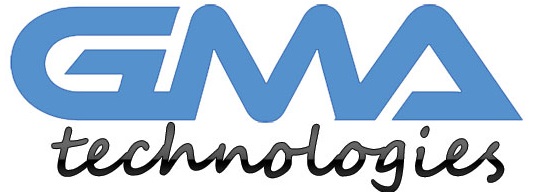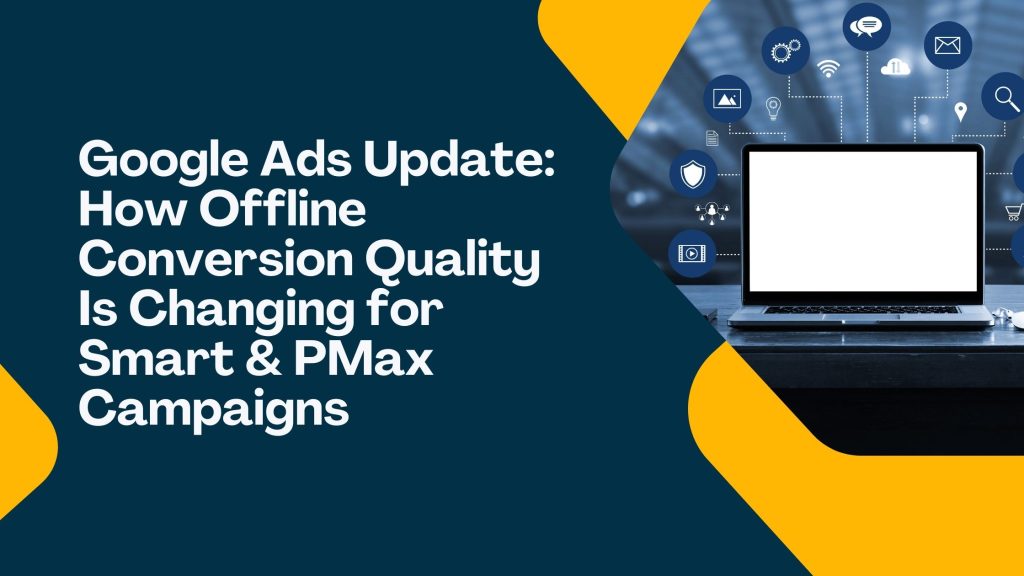Google Ads is refining the way it evaluates offline conversion quality, and if you’re running Smart or Performance Max (PMax) campaigns with store visit goals, this change could impact how your ads perform and optimize. While Google has long been focused on improving automated bidding and machine learning-based optimization, this latest update aims to fine-tune how offline conversions—such as in-store visits or phone call leads—are measured and attributed.
For advertisers, this shift could mean more accurate performance data, better budget allocation, and ultimately, stronger campaign results. However, it also introduces new variables into how Smart and PMax campaigns determine high-value conversions, which could affect bidding strategies and return on ad spend (ROAS).
So, what exactly is changing? And how can businesses ensure their campaigns remain competitive and efficient? In this article, we’ll break down the key updates, explore the implications for store-focused advertisers, and offer actionable strategies to adapt.
The Importance of Tracking Offline Conversions
Tracking offline conversions is crucial for understanding the full impact of your online advertising efforts. Many businesses drive traffic through digital channels, but the actual sales often happen in brick-and-mortar locations or over the phone.
When you connect these dots, it paints a clearer picture of customer behavior. You can see how well your ads influence real-world purchases, giving insights that purely online metrics might miss.
Additionally, tracking offline conversions allows for better budget allocation. When you know which campaigns lead to actual sales, you can invest more wisely in strategies that work.
Integrating this data helps optimize future ad placements and messaging. It’s about aligning your marketing with consumer habits and preferences as closely as possible, enhancing overall effectiveness significantly. With advancements like Google Ads updates focused on PMax campaigns, advertisers gain tools to refine this process even further.
New Changes to Smart & PMax Campaigns
Google has rolled out significant changes to Smart and Performance Max (PMax) campaigns that will reshape how advertisers engage with offline conversions. These updates focus on enhancing the quality of conversion data, allowing businesses to connect online interactions more effectively with in-store outcomes.
The inclusion of additional offline conversion tracking metrics ensures that every valuable customer interaction is captured accurately. This means improved insights into which ads drive not just clicks but actual purchases made outside the digital realm.
Advertisers can now rely on machine learning algorithms to optimize their campaigns based on these refined conversion signals. This shift allows for a more nuanced approach to bidding and targeting strategies, ultimately leading to better ROI from marketing efforts.
With these new features, there’s an opportunity for brands to tailor their advertising strategies more closely aligned with real-world performance metrics. The potential for increased efficiency is substantial, paving the way for smarter budget allocation across channels.
Benefits of the Update for Advertisers
The recent updates to Google Ads, particularly for Smart and PMax campaigns, bring a wave of advantages for advertisers. These enhancements allow businesses to track offline conversions more effectively. This means understanding customer behavior beyond the click.
Advertisers can now bridge the gap between online interactions and in-store visits. By measuring how digital ads influence offline actions, brands can gauge true return on investment.
Moreover, with better conversion tracking comes refined targeting capabilities. Advertisers can adjust their strategies based on real-world outcomes rather than relying solely on web-based metrics.
This shift also fosters improved ad optimization. Campaigns become smarter as they learn from actual performance data across various platforms and touchpoints.
These changes empower advertisers with insights that drive growth and efficiency in their marketing efforts. The focus is not just clicks anymore but meaningful engagements leading to tangible results.
How to Use the New Features Effectively
To harness the power of the new features in Smart and PMax campaigns, start by integrating your offline conversion data seamlessly. Use Google’s enhanced tracking tools to ensure every sale or lead is recorded accurately.
Next, focus on optimizing your audience targeting. Leverage insights gained from offline conversions to refine customer profiles. This allows for more tailored ad placements that resonate with potential buyers.
Experiment with different ad formats available within these campaigns. Test creative variations to see what drives higher engagement rates based on your tracked conversions.
Regularly analyze performance metrics through Google Ads’ reporting features. Look for trends that indicate which strategies yield the best results and adjust accordingly.
Stay updated with Google’s guidelines and best practices as they evolve. Adapting quickly can provide you a competitive edge in the changing landscape of digital advertising.
Potential Challenges and Solutions
With the recent Google Ads Update, advertisers may encounter some hurdles when integrating new offline conversion tracking features. One major challenge is ensuring accurate data synchronization between online and offline sources. Discrepancies can lead to misleading insights.
Another issue could be the learning curve associated with setting up Smart & PMax campaigns effectively. Advertisers might find it overwhelming to adapt their strategies around these changes. Training staff or seeking expert assistance can help mitigate this problem.
Data privacy concerns are also on the rise. With stricter regulations in place, managing customer data responsibly becomes vital for compliance and trust-building.
To address these challenges, consider utilizing comprehensive analytics tools that streamline tracking processes. Regularly updating your skills through webinars or courses will ensure you stay ahead of industry changes while maximizing campaign performance efficiently.
Conclusion
The recent Google Ads update regarding offline conversion tracking for Smart and PMax campaigns marks a significant shift in how advertisers can measure success. As businesses increasingly rely on both online and offline interactions, adapting to these changes is crucial.
With the ability to track more accurate data on customer behavior, advertisers can refine their strategies. This means not just focusing on clicks but understanding the entire customer journey. The new features allow for a seamless integration of online efforts with real-world sales outcomes, ultimately driving better results.
While embracing this update may come with challenges—like ensuring correct data synchronization or managing potential privacy concerns—the benefits far outweigh them. By effectively utilizing these tools, businesses can enhance their targeting and optimize campaign performance.
Staying abreast of updates like this positions advertisers at the forefront of digital marketing innovation. Adapting to change is essential not only for immediate gains but also for long-term growth in an ever-evolving landscape.

